19 December 2024
Interest rates. It’s a term you probably hear often, whether it’s during the evening news or while scrolling through social media. But have you ever stopped to think about how this seemingly simple number impacts global trade and investments? Believe it or not, this little percentage plays a gigantic role in shaping economies, influencing decisions, and even dictating the flow of money across borders.
Let’s break it down step by step, with plenty of examples and relatable analogies along the way. By the time you finish reading, you’ll know exactly why interest rates matter and how they ripple through the intertwined world of global trade and investments. 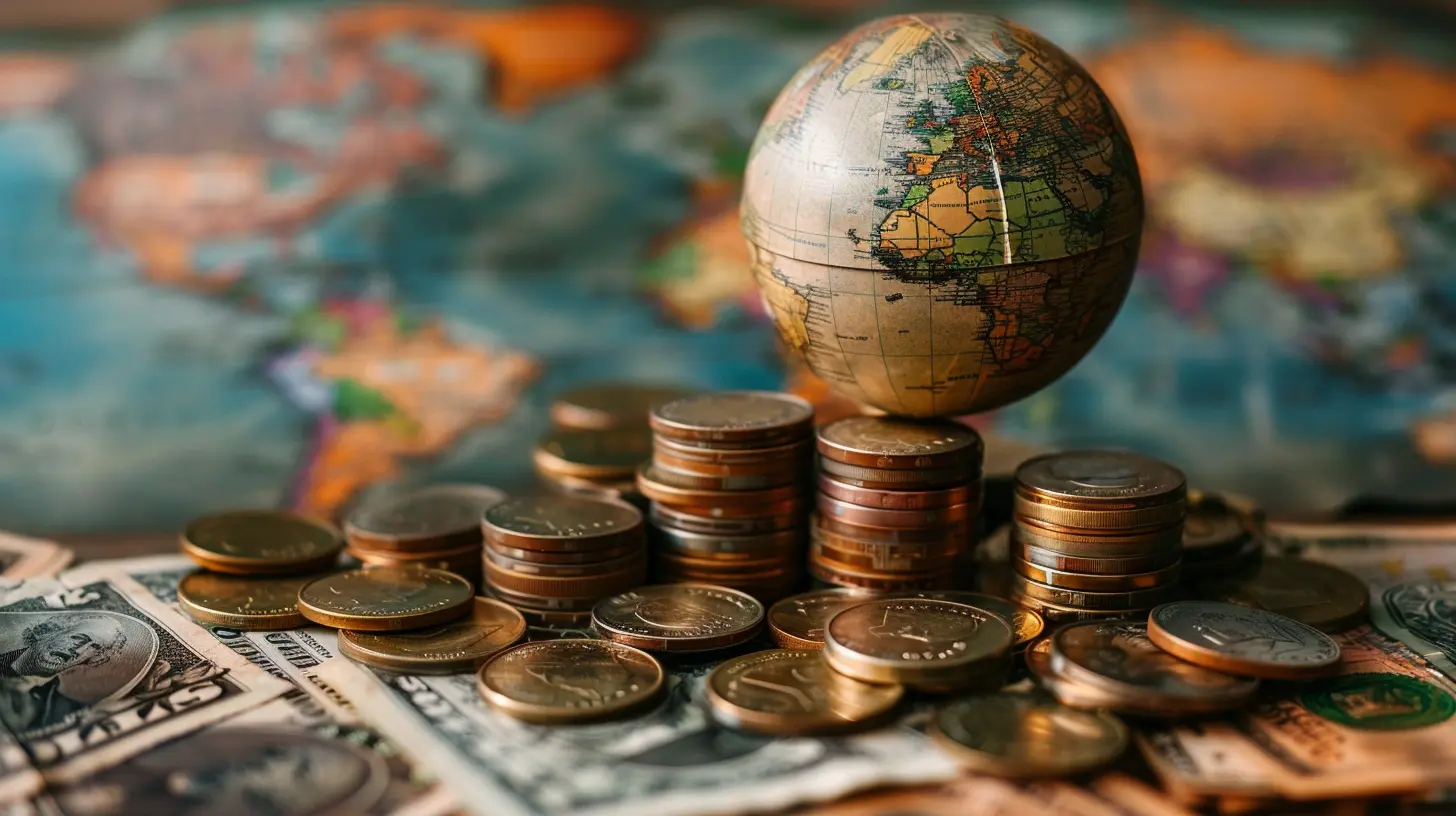
What Are Interest Rates, Anyway?
First things first—what exactly are interest rates? If you’ve ever borrowed money from a bank or used a credit card, you might already have some idea. Put simply, an interest rate is the cost of borrowing money or the reward for saving it.Think of it as the "price tag" on money. Just like how a carton of milk has a price, borrowing $1,000 will also come with its own price in the form of an interest rate. For example, if the interest rate is 5%, you’ll pay $50 for borrowing that $1,000 over a year.
Now imagine this example multiplied by billions or even trillions of dollars in global markets. That’s the scale we’re talking about when it comes to how interest rates impact international trade and investments. It’s huge! 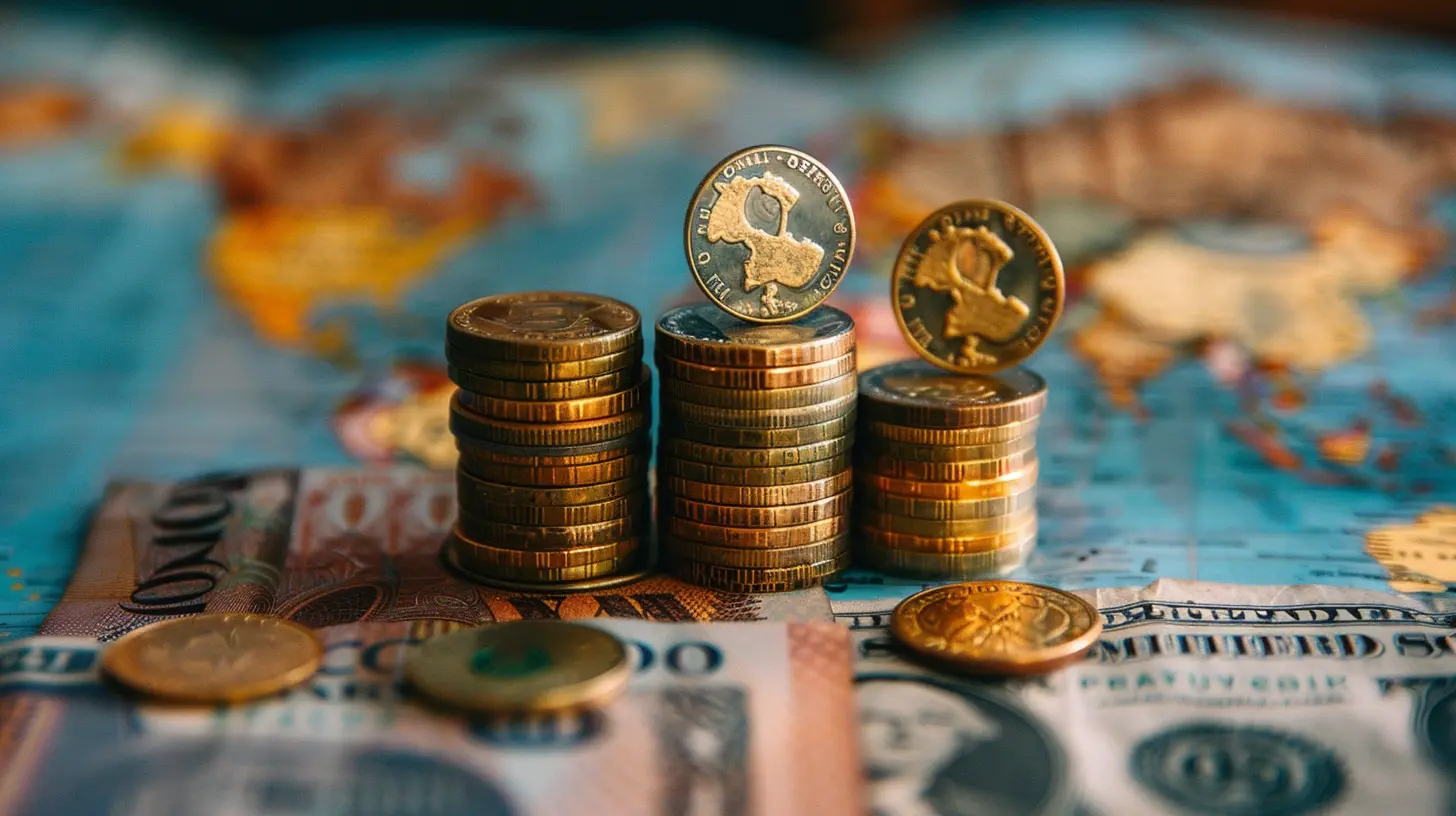
How Central Banks Steer the Ship
Central banks, like the Federal Reserve in the U.S. or the European Central Bank (ECB), are the key players when it comes to setting interest rates. They adjust these rates to either stimulate or cool down an economy.Here’s a quick analogy: think of the economy as a car. If the car is driving too fast (i.e., inflation is high), central banks press the brakes by raising interest rates. On the other hand, if the car is barely moving (i.e., growth is slow), they hit the accelerator by lowering rates.
Why does this matter for global trade and investments? Because these rate changes don’t just stay within national borders—they have far-reaching consequences across the world. 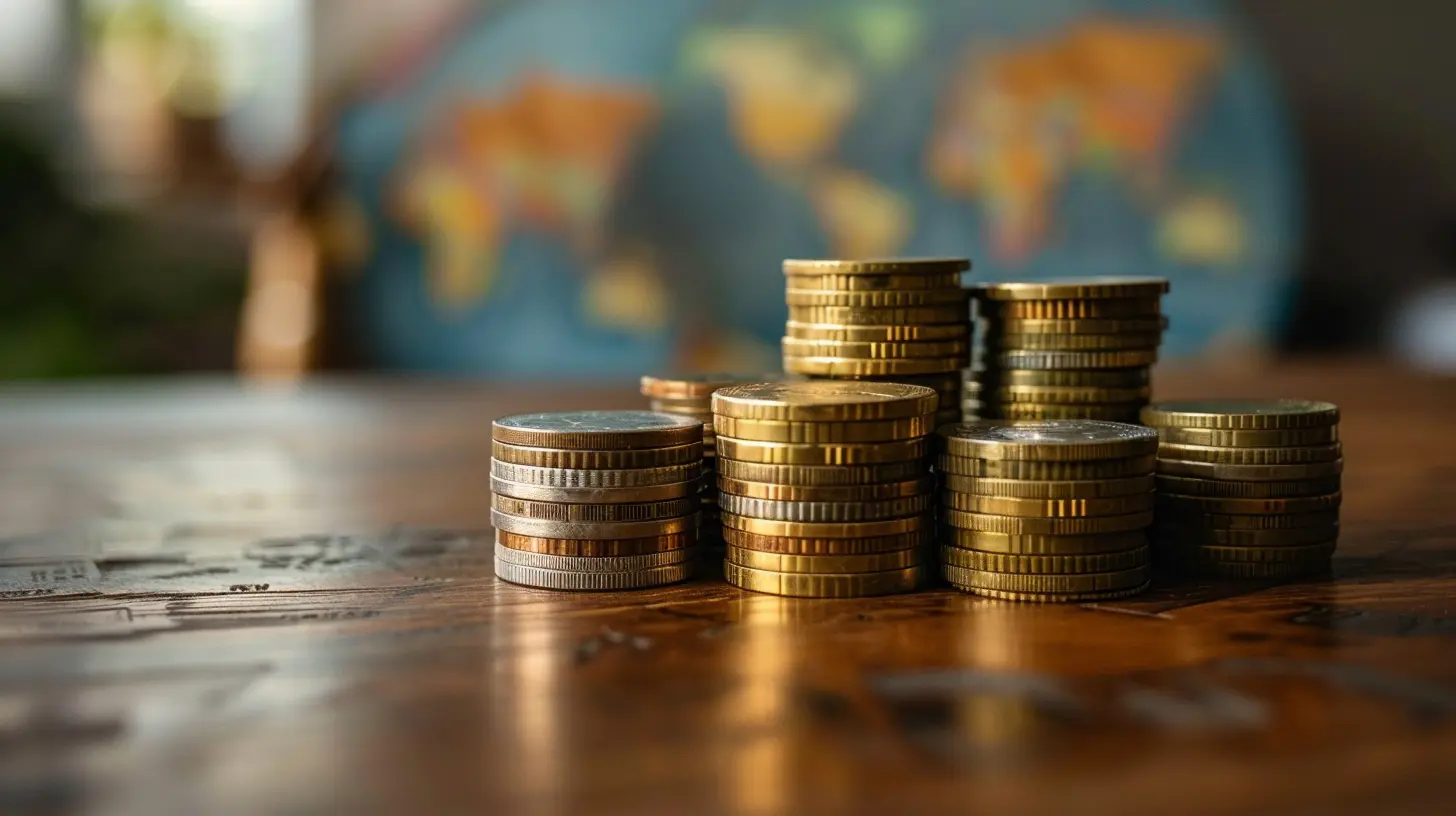
The Domino Effect on Global Trade
1. Exchange Rates Take Center Stage
Interest rates and exchange rates are like two dance partners—they’re closely intertwined. When a country raises its interest rates, its currency often strengthens. Why? Higher interest rates attract foreign investors because they can earn better returns on their money.Imagine you’re an investor. If the U.S. offers a 5% return and another country offers just 1%, where would you want to park your money? The answer is obvious—high-interest-rate countries become hot spots. But this surge in demand strengthens their currency, making their exports more expensive.
Let’s say a company in Japan wants to buy goods from the U.S. If the U.S. dollar is strong, those goods become pricier for Japanese buyers. Result? A potential dip in U.S. exports.
Conversely, countries with lower interest rates might see their currencies weaken, making their exports cheaper and more attractive to global buyers. It’s a balancing act that keeps traders and policymakers on their toes.
2. Borrowing Costs for Trade
Trade often involves borrowing. Think about companies arranging large shipments of goods—they frequently rely on loans to finance their operations. If interest rates are high, borrowing becomes more expensive, which can discourage businesses from engaging in trade.For instance, if a company in India needs to secure a loan to import machinery from Germany, high interest rates could eat into their profits. In contrast, lower interest rates create cheaper financing options, encouraging more trade activity. It’s a bit like choosing between buying groceries with a credit card that charges 20% interest or one that charges just 5%. Which one would you pick? 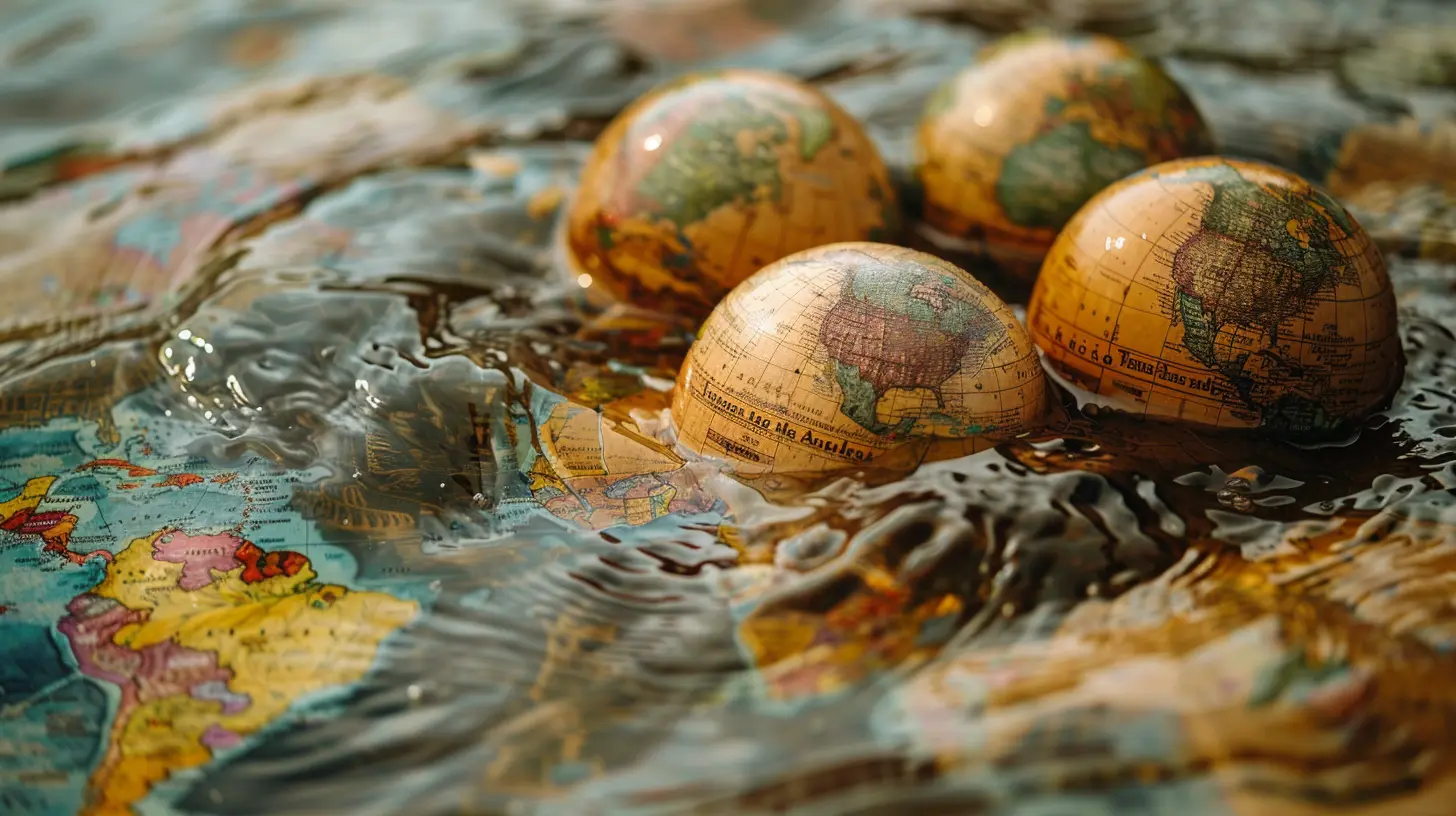
Investments: The Push and Pull of Interest Rates
Just as interest rates influence trade, they also shape the behavior of investors. Whether you’re a small-town investor or a multinational corporation, the decisions you make are often tied to interest rates. Let’s take a closer look.1. The Allure of High-Yield Markets
When interest rates rise in a country, it’s like a magnet for investors. Bonds and savings accounts become more attractive because they offer higher returns. For example, if the U.S. raises its interest rates, global investors might flock to U.S. Treasury bonds for their reliable yields.On the flip side, higher rates can make stock markets less attractive. Why? Because investors often shift their money from riskier assets (like stocks) to safer ones (like bonds). Imagine choosing between a risky roller coaster ride and a safe, comfortable couch—higher rates make that couch way more tempting.
2. Lower Rates Mean Risk-On Behavior
When rates are low, it’s a different story. Investors look for better returns, often turning to riskier assets like stocks, real estate, or emerging markets. For instance, after the 2008 financial crisis, central banks worldwide slashed interest rates to near zero. This led to a massive wave of investments in emerging markets like Brazil, India, and China.Why? Because lower rates make borrowing cheaper, which stimulates growth, while investors hunt for higher returns in riskier parts of the world. It’s like a treasure hunt—when the easy prizes (safe assets) aren’t rewarding enough, investors start exploring uncharted territories.
Global Capital Flows: A Game of Hot Potato
Interest rates also dictate the flow of capital between countries. When rates differ significantly between nations, money moves in search of better returns.For instance, if Europe has low rates and the U.S. has high rates, investors might pull money out of Europe and funnel it into U.S. assets. This shifting of capital can destabilize economies, especially for smaller or developing nations. It’s a bit like a seesaw—when one side goes up, the other must come down.
The Double-Edged Sword
Here’s the tricky part: interest rates can be a double-edged sword.- For Developed Countries: High interest rates might attract investments, but they can also hurt exports due to a stronger currency. Conversely, low rates might boost exports but lead to bloated stock markets and riskier investments.
- For Developing Countries: Low rates in developed nations often mean a flood of investments into emerging markets, but when rates rise again, that money can quickly vanish, causing economic instability.
It’s a delicate balancing act. Too much or too little of anything can tip the scales, sending shockwaves across the entire financial system.
Real-World Examples
Let’s put theory into practice with some real-world scenarios:- The 1980s U.S. Interest Rate Hikes: To combat inflation, the Federal Reserve raised rates significantly in the early 1980s. This strengthened the U.S. dollar but also made American exports expensive, leading to trade deficits.
- Post-2008 Financial Crisis: Central banks slashed rates to spur economic recovery, which encouraged investors to pour money into riskier assets like emerging markets.
- The COVID-19 Pandemic: Rates were slashed again in most parts of the world, leading to a surge in investments in stocks, real estate, and tech companies.
Conclusion: Why It All Matters
So, why should you care about interest rates and their impact on global trade and investments? Because they influence everything—from the price of goods at your local store to the health of your retirement savings. They’re like the invisible threads weaving together the global economy.The next time you hear about rate hikes or cuts, take a moment to think about the ripple effects. Those tiny shifts can shape the economic landscape, paving the way for booms or busts. Understanding this key piece of the puzzle puts you ahead of the game, whether you’re a curious reader, an investor, or just someone trying to make sense of the world.

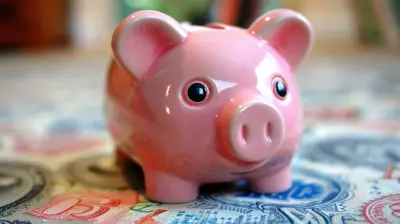

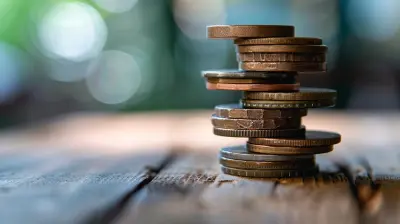



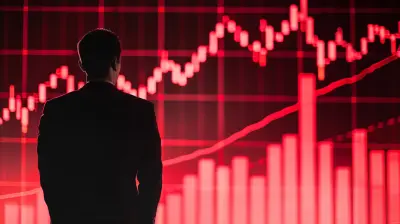

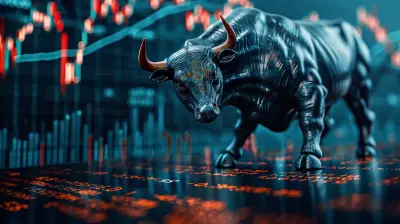


Pilar McRae
This article sheds light on a complex relationship! It's fascinating to consider how fluctuations in interest rates can ripple through global trade and investment strategies. I’m eager to explore more about these impacts!
February 11, 2025 at 4:20 AM